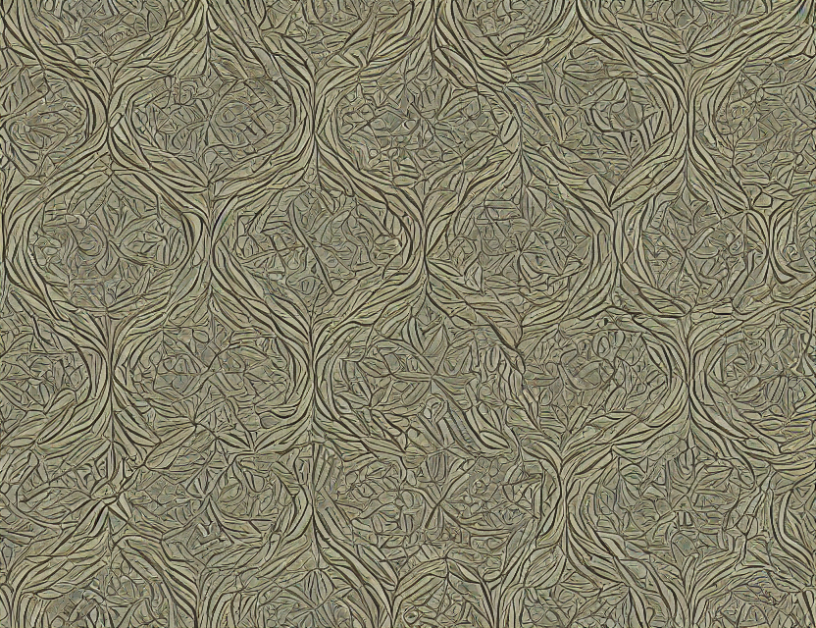In this article, we delve into a fascinating mathematical phenomenon known as the Conway worm tiling. This tiling is composed of interconnected caterpillars, each made up of seven copies of a shape called C14, joined together in a specific manner. The caterpillars are placed on top of a grid-like structure called a Conway worm, which is formed by connecting long and short bowties (thin red lines).
The author explains that the angles and directions of the segments in the tiling follow certain rules, which are based on the Fibonacci sequence. The blue, green, and orange straight lines represent the φ3-composition of the Ammann bars, with spacings denoted by L and S. These spacings can only take two values: long or short.
The author highlights that the pattern is symmetrical through the central vertical line, which allows us to use the same color for certain angles and directions. However, despite this symmetry, the path followed by the caterpillar still appears random, with unexpected turns. To demystify these complex concepts, the author uses everyday language and engaging metaphors, such as comparing the pattern to a snail’s trail or a twisting rope.
The article also touches upon the idea of optimality, stating that larger caterpillars have been found but this specific subtree, denoted C116, is used as the base element for the following construction. The author explains that each magenta segment can be decomposed into seven purple segments, which form a line from one endpoint to the other, crossing the purple line at each turn.
In summary, the article provides a comprehensive overview of the Conway worm tiling, a fascinating mathematical phenomenon that exhibits complex patterns and symmetries. The author demystifies these concepts by using everyday language and engaging metaphors, making it accessible to an average adult reader.
Unraveling the Intricate Patterns of Penrose Tilings: The Case of C116



